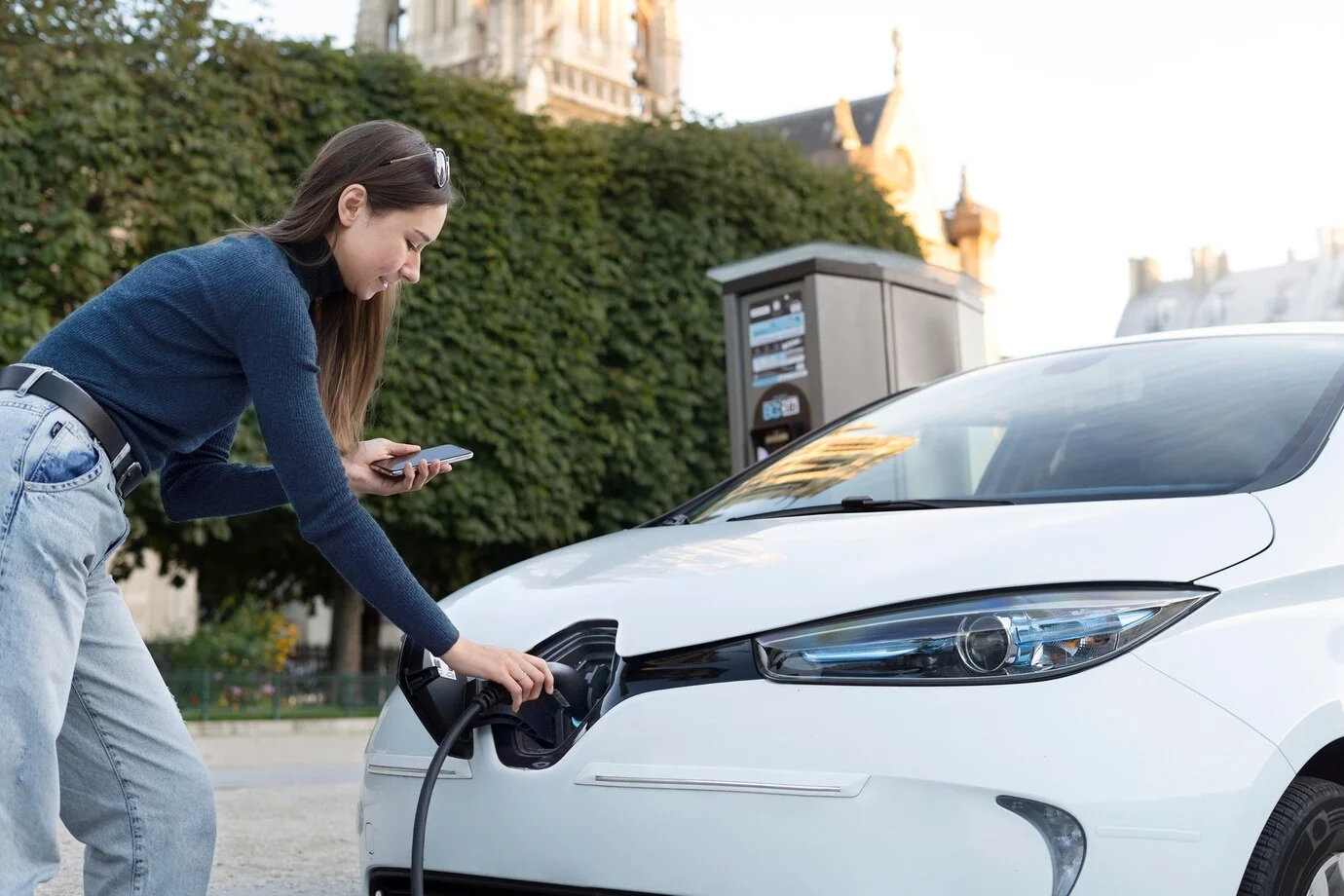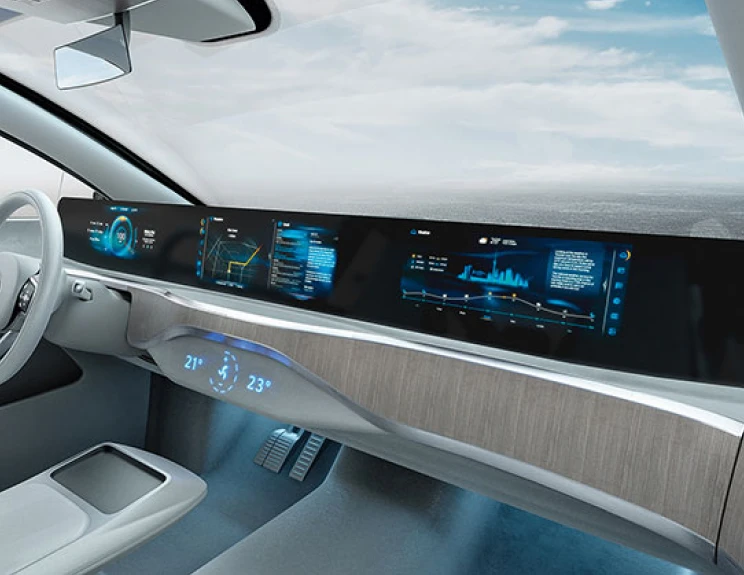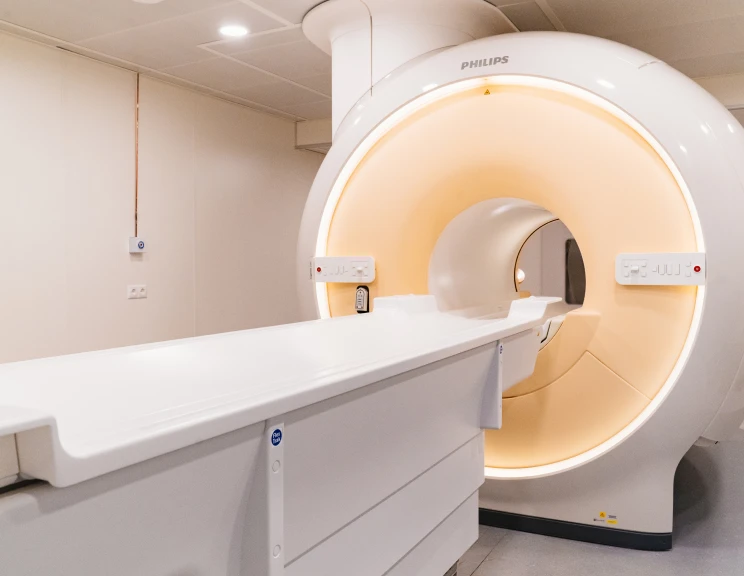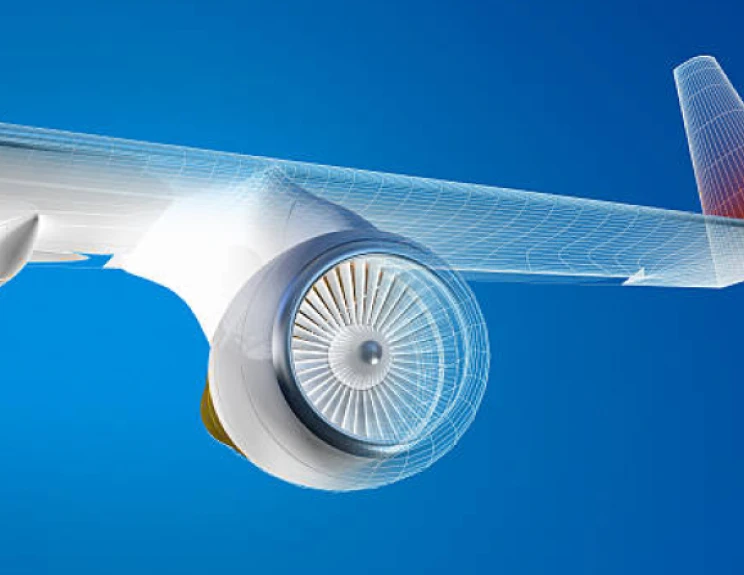
Mobility is entering an exciting era of innovation, with both startups and established OEMs continuously developing new technologies and transportation solutions. The rise of ACES - Autonomous, Connected, Electric, and Shared Mobility - is set to revolutionize the sector. As the industry evolves, it's crucial to explore key regional trends shaping the future of mobility by identifying opportunities within ACES that could drive the industry forward by 2035.
Autonomous
Autonomous driving systems promise to transform how consumers experience mobility by making driving safer, more convenient, and enjoyable. The time previously spent driving could be repurposed for activities such as video calls, watching movies, or even working. Moreover, AD could provide greater mobility options for elderly drivers by their access to transportation beyond public transit or car-sharing services. By 2035, autonomous driving (AD) could generate up to 400 billion USD in revenue, with substantial benefits for drivers, the auto industry, and society.
As the demand for AD systems varies, McKinsey reveals that OEMs and dealerships may need to offer flexible pricing models to adapt to diverse consumer needs. Specifically, many consumers prefer multiple pricing options, with 20% of ACES survey respondents favoring subscription models and nearly 30% opting to pay for features on a per-use basis. This means for OEMs, it's crucial to adopt and offer subscription-based models and per-use pricing for autonomous vehicle features. What’s more, OEMs should focus on developing scalable, customer-centric pricing strategies that cater to individual preferences, creating flexible offerings that enhance customer experience, drive long-term loyalty, and open up new revenue streams. By embracing these pricing models, OEMs can stay competitive and meet evolving consumer expectations in an increasingly tech-driven automotive landscape.

Advanced Driver Assistance Systems (ADAS) are another critical element in automotive software for the development of autonomous vehicles, as they form the foundation for higher levels of vehicle autonomy. According to McKinsey, the ADAS market represents a substantial opportunity, with a projected value pool from 300 - 400 billion USD in the next decade and beyond. As ADAS technologies continue to advance, they play an increasingly important role in improving road safety and paving the way for fully autonomous vehicles. With deep expertise in ADAS development, a trusted partner can help navigate this complex and rapidly evolving technological landscape, FPT helps automotive companies ensure the successful integration of these critical systems into next-generation vehicles.
Connected
Connected cars are reshaping the ACES landscape, delivering distinctive customer experiences and unlocking substantial revenue opportunities for mobility companies. Consumers are increasingly drawn to connectivity, with 37% willing to switch brands for superior connected features. As vehicle connectivity becomes a cornerstone of the automotive industry, OEMs that fail to meet these rising expectations risk losing market share. Looking forward, the trend is unmistakable: by the coming years, approximately 95% of new vehicles sold globally are expected to be connected.
Many automakers are yet to fully capitalize on the vast amounts of data generated by connected vehicles, which is a missed opportunity to leverage data-driven insights as seen in other industries. However, this potential is hindered by significant privacy concerns. According to a Gartner report on new automotive trends in 2025, only 10% of customers who had not interacted with an automaker in the past six months would trust them with their private data. Additionally, only 36% of these consumers believe automakers understand their needs well. This lack of trust poses serious challenges, as privacy concerns can limit data collection efforts that are essential for improving customer experiences and driving innovation in the automotive sector.
While there has been progress, many OEMs still struggle with software and connectivity, often resulting in customer dissatisfaction and production delays. To succeed, McKinsey advised that leading companies should focus on monetizing data through recurring revenue models like subscriptions and over-the-air (OTA) upgrades, and rapidly bringing new services from concept to integration using dedicated teams. These efforts have allowed certain companies, especially new electric vehicle (EV) manufacturers to gain high valuations.
As the automotive industry becomes more software-defined, Over-the-Air (OTA) updates and Vehicle-to-Everything (V2X) communication are key to creating connected cars. In this landscape, AUTOSAR (Automotive Open System Architecture) plays a crucial role as the underlying OS/middleware, which directly enables these advancements. AUTOSAR provides a standardized software architecture that facilitates seamless communication between in-vehicle systems and external IoT devices, supporting advanced features like V2X communication, efficient data exchange for real-time updates, dynamic Over-the-Air (OTA) software updates, and connectivity functions. To support this transformation, FPT offers AUTOSAR solutions that simplify the development and integration of software components, streamline processes, and deliver cutting-edge innovations in modern vehicles.
Electric
The electric vehicle (EV) market is witnessing unprecedented growth, driven by technological advancements, supportive policies, and rising environmental consciousness. In 2024, global EV sales reached a record 17.1 million units - a 25.6% year-over-year increase and accounting for over one in five cars sold worldwide. Increasingly affordable models under 25,000 euros are entering the market, expected to account for 10–15% of BEV sales in the near future. Technological breakthroughs like solid-state batteries promise higher energy density and faster charging times, while bidirectional charging (V2G) enables EVs to supply power back to the grid. Charging infrastructure is expanding rapidly, with EU regulations mandating charging points every 60 km along major routes starting in 2025 to reduce range anxiety.

Looking ahead, there are significant opportunities for OEMs as EVs are projected to account for up to 25% of new vehicle purchases globally by the end of 2025. Policy changes will play a crucial role in accelerating EV adoption. For instance, the UK is implementing steep increases in Vehicle Excise Duty for petrol and diesel vehicles to encourage zero-emission alternatives. In the U.S., the Bipartisan Infrastructure Law has allocated 7.5 billion USD for EV charging infrastructure to support the expansion of public charging points across the country and address consumer concerns about charging availability. Many states, such as California, offer incentives such as the Clean Vehicle Rebate Project, which provides rebates of up to 7,000 USD for eligible EV purchases, to boost EVs adoption. These policies, combined with growing consumer awareness and technological advancements, are driving the shift towards electric vehicles globally.
Shared
Shared mobility creates significant opportunities for both mobility providers and automakers. Driven by increasing consumer demand for convenient, cost-effective, and sustainable urban travel options, the shared mobility market is projected to reach up to 1 trillion USD in consumer spending by 2030. This growth is fueled by factors such as increasing urbanization, city initiatives to reduce private vehicle use, and over 100 billion USD in investments directed towards shared mobility companies since 2010. Additionally, interest in personal vehicles is declining slightly, with more people considering alternative mobility options like ride-hailing and public transport. In the U.S., 27% of the general population is considering replacing personal vehicles with alternative transportation
The integration of autonomous vehicles, such as robo-taxis and robo-shuttles, presents significant opportunities for mobility players and automakers. To capitalize on this trend, mobility service providers will need to scale up their fleets by increasing the number of vehicles and diversifying their offerings to include more autonomous options. According to McKinsey, this involves expanding existing fleets with autonomous vehicles, investing in new technologies to support autonomous operations, and developing strategies to manage and maintain larger fleets efficiently. As these fleets grow, they must also adapt to evolving regulations. For instance, in London, Ultra Low Emission Zones (ULEZ) and congestion fees in urban areas may require fleets to transition to electric or hybrid vehicles. Additionally, countries like China are mandating Level 3 or higher autonomy in new vehicles by 2025, while the EU plans a standardized certification system by 2027.
As mobility providers navigate these changes, they are also leveraging innovative vehicle designs tailored for shared use. Companies like Waymo are already pioneering shared autonomous vehicles, with fleets that include models like Zeekr and Hyundai equipped with Waymo's technology for ride-hailing services. As the automotive landscape continues to evolve, these strategies will be crucial for both mobility providers and automakers seeking to thrive in a future with reduced car ownership.
Driving the future of mobility with FPT
The future of mobility, driven by ACES, presents various opportunities for OEMs and automakers. By understanding the trends within autonomy, connectivity, electrification, and shared mobility, companies can develop strategic approaches to maximize value and drive innovation. Whether through flexible pricing models for autonomous features, data monetization strategies for connected vehicles, technological advancements in EVs, or designing vehicles for shared mobility, the key to success lies in adapting to evolving consumer needs and technological advancements.
To accompany the recent advancements in mobility, FPT is the global innovation leader in Software-Defined Vehicles (SDVs), backed by over 20 years of industry expertise. The company has partnered with more than 150 OEMs, Tier 1 suppliers, and semiconductor companies, delivering scalable, full-stack SDV services across the entire value chain. With a global talent pool of 4,200+ skilled automotive engineers and a best-shore delivery model, we ensure cost efficiency without compromising quality. Our comprehensive solutions meet the growing demand for connectivity, automation, and software-first functionality in next-generation vehicles, with strict compliance to international standards ISO26262 and ISO 21434.
Discover how we drive the future of software-defined vehicles here: https://fptsoftware.com/industries/automotive






























